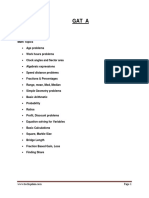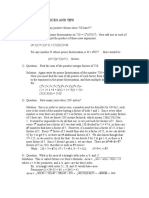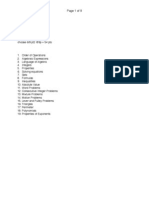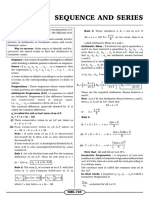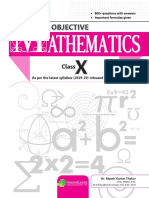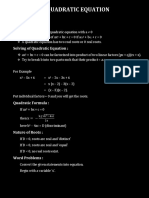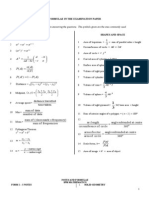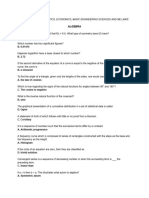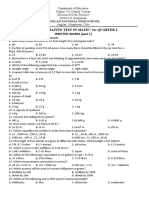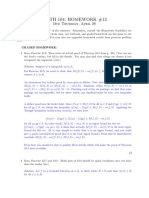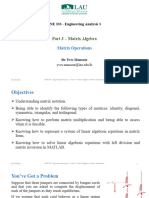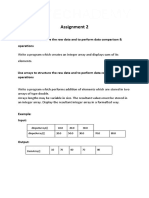0% found this document useful (0 votes)
18 views10 pagesIcse Class 9 Math Cheat Sheet (First Term) : Chapter 1: Rational & Irrational Numbers
Uploaded by
shreeraam.presentCopyright
© © All Rights Reserved
We take content rights seriously. If you suspect this is your content, claim it here.
Available Formats
Download as PDF, TXT or read online on Scribd
0% found this document useful (0 votes)
18 views10 pagesIcse Class 9 Math Cheat Sheet (First Term) : Chapter 1: Rational & Irrational Numbers
Uploaded by
shreeraam.presentCopyright
© © All Rights Reserved
We take content rights seriously. If you suspect this is your content, claim it here.
Available Formats
Download as PDF, TXT or read online on Scribd
/ 10
